17 Types Of Smiles And What Each Means
Let's see that smile... because it means a whole lot more than you may realize.
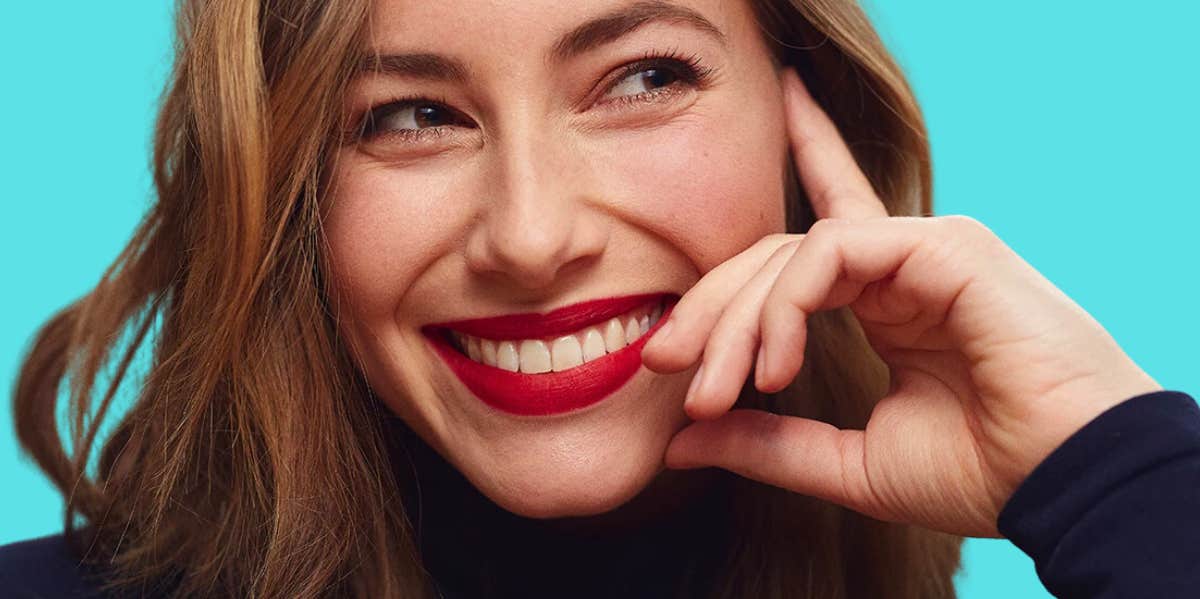 Martin Lauge Villadsen / Shutterstock
Martin Lauge Villadsen / Shutterstock Smiles light up the room when you let one grace your face, but did you know there are different types of smiles?
We all have our favorite smile, and we love watching our partner or friends' faces bloom with beauty when they smile, but not all smiles are created equal.
In fact, different smiles have different meanings, and you can learn a lot about a person and what they're thinking once you're able to read the body language of smiles.
17 Different Types of Smiles and What They Each Mean
1. Duchenne smile
 Photo: fizkes / Shutterstock
Photo: fizkes / Shutterstock
What it means: The most genuine smile of all, the Duchenne smile is of pure happiness.
The Duchenne smile uses the whole mouth, cheeks, and eyes to give off a stunning beauty as your face lights up. This smile makes you appear to be friendly, trustworthy, and authentic.
A 2009 study found that the people who have Duchenne smiles in their high school yearbook grew up to have a happier life. Another study revealed that those with this authentic smile tend to live longer.
2. Reward smile
 Photo: Ground Picture / Shutterstock
Photo: Ground Picture / Shutterstock
What it means: Reward smiles come from positive affirmations, such as approval, which is a reward for a specific action, leading to positive reinforcement of the behavior.
When someone smiles, the brain releases the hormone dopamine, which makes us feel good as a response. This increases people’s happiness.
3. Affiliative smile
 Photo: chaponta / Shutterstock
Photo: chaponta / Shutterstock
What it means: Affiliative smiles are a way for us as humans to be polite, to reassure others, and to communicate our good intentions.
We also use affiliative smiles to convey compassion towards someone struggling, and to let others know that they can trust us and we belong at that specific place.
Research suggests that smiles of affiliation that come with a lip pressor (where we smile without opening our mouths and hide our teeth) are a way we have evolved away from baring our teeth as a sign of aggression. It makes us less threatening.
4. Flirtatious smile
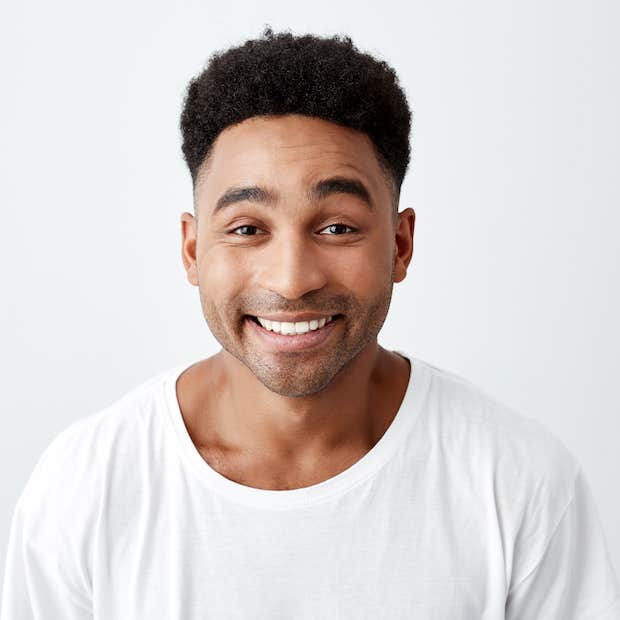 Photo: Cookie Studio / Shutterstock
Photo: Cookie Studio / Shutterstock
What it means: A big part of attraction is a person’s smile.
Studies have found that smiling makes people more attractive. In fact, according to a 2013 study, simply smiling "could even compensate for relative unattractiveness."
5. Polite smile
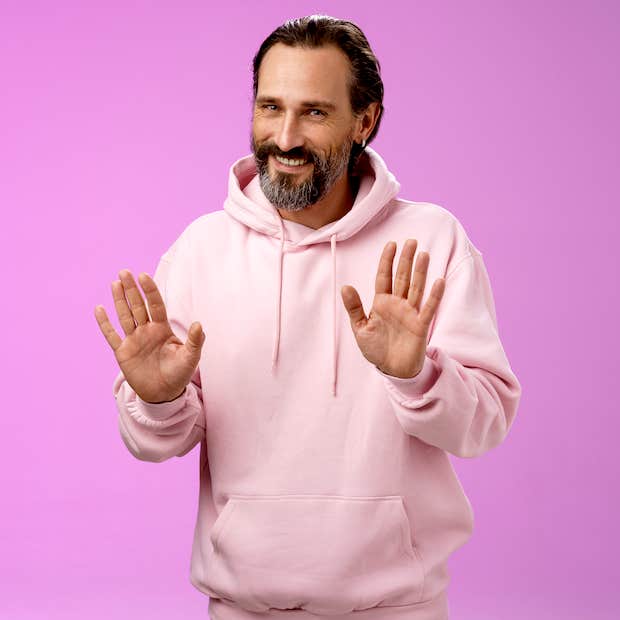 Photo: Mix and Match Studio / Shutterstock
Photo: Mix and Match Studio / Shutterstock
What it means: We use polite smiles when we meet someone for the first time or when we are about to give bad news.
When we give polite smiles, our mouths may convey but our eyes don’t. These types of smiles keep everyone in their own space.
6. Dominance smile
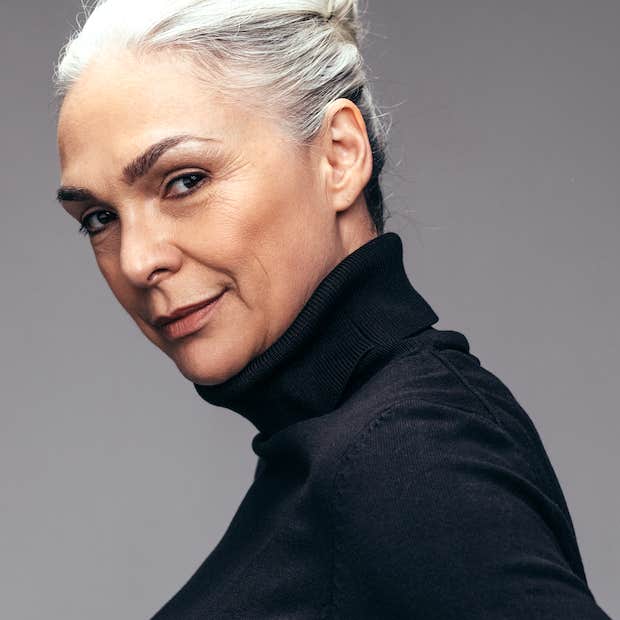 Photo: Jacob Lund / Shutterstock
Photo: Jacob Lund / Shutterstock
What it means: These smiles are a bit more like a sneer or a smirk, where someone believes they are superior over someone else and enjoys making people feel inferior.
These types of smiles are asymmetrical, where one side of the mouth stays where it is and the other side raises up. This display of dominance may even come with a lip curl. A dominant person may raise an eyebrow as a sign of distress, anger, questioning, or disgust.
A study found that this type of smile is also known to increase cortisol and heart rate in the body of those on the receiving end of it, revealing that a dominant smile is a nonverbal threat that causes the recipient's body to react in a way of self-preservation.
7. Wistful smile
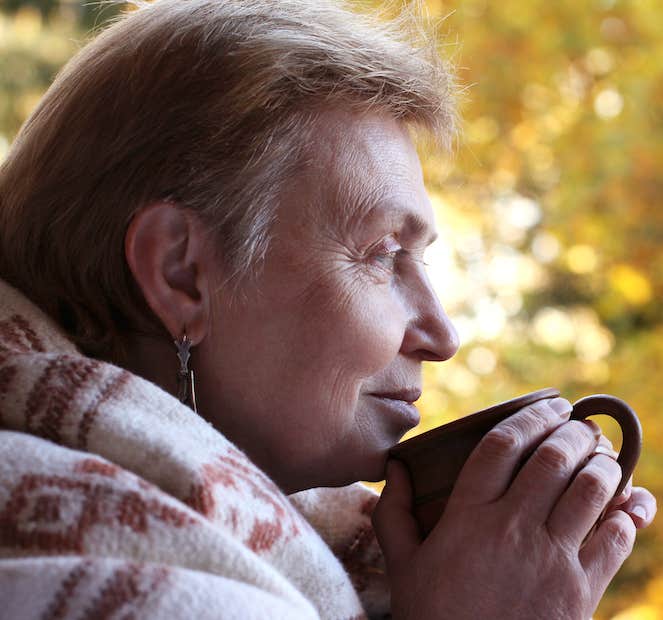 Photo: Gargonia / Shutterstock
Photo: Gargonia / Shutterstock
What it means: A wistful smile is when someone is able to smile and laugh during terribly sad times, like the death of a loved one.
Scientists also believe that we smile when we are in pain because our bodies try to overcome such problems in society.
Interestingly, when we are alone, we let ourselves truly feel the emotions we are having. But when we have loved ones around, it is easier to paste on a small smile, even if it's not a happy one to make family members feel better.
8. Embarrassed smile
 Photo: Studio Romantic / Shutterstock
Photo: Studio Romantic / Shutterstock
What it means: When someone is embarrassed, they can develop emotional bruises.
In 1995, researchers found that “a smile provoked by embarrassment is often accompanied by a downward tilt of the head and a shifting of the gaze to the left.”
Embarrassed people will touch their faces a lot and usually use head movements to confirm different things; it allows them the ability to communicate when they don’t want to talk.
9. Lying smile
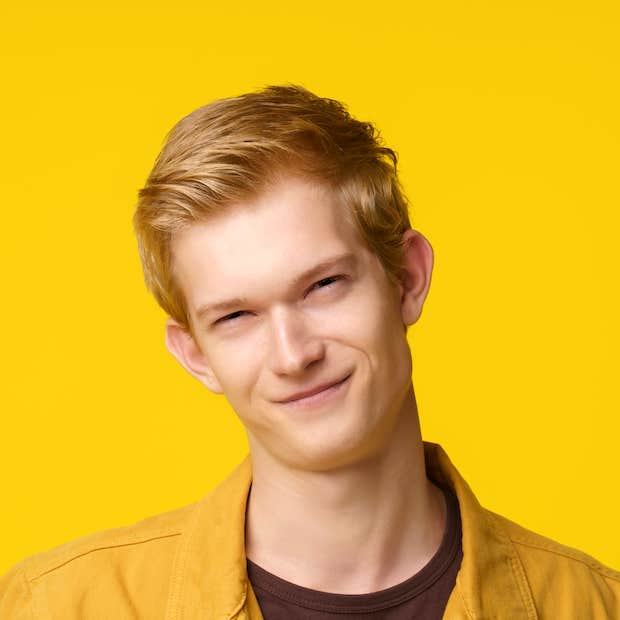 Photo: Lipik Stock Media / Shutterstock
Photo: Lipik Stock Media / Shutterstock
What it means: The lying smile is one of deception, meant to mask negative emotions.
While there are ways to tell if someone is lying, seeing through the lying smile isn't always effective.
In fact, one study determined that a lying smile can actually reveal the truth; research found that lying smiles show "traces of muscular actions associated with disgust, fear, contempt, or sadness," meaning people can see right through this smile if they pay attention to small body language movements.
10. Dampened smile
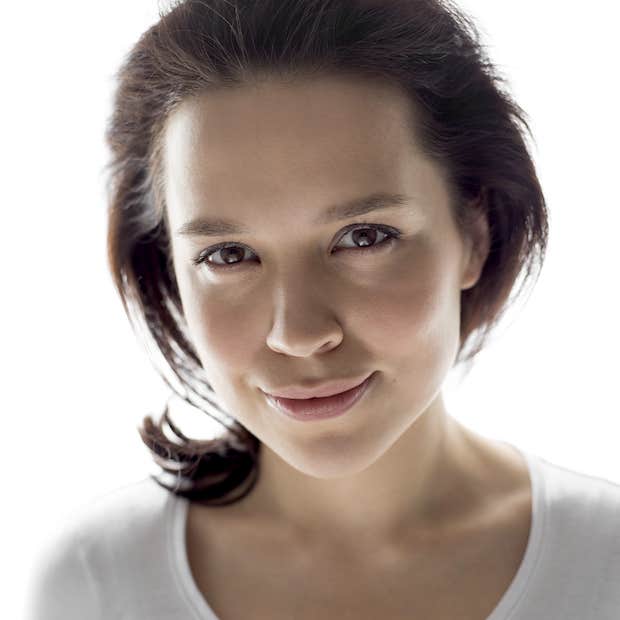 Photo: Mikolaj Niemczewski / Shutterstock
Photo: Mikolaj Niemczewski / Shutterstock
What it means: People will wear a dampened smile when they are trying to conceal genuine happiness or enjoyment, or other positive emotions.
This smile involves raised cheeks, but a downward motion of the corners of the mouth.
Someone might have a dampened smile depending on the culture. For example, in Japan, displays of emotions are looked down upon, so people tend to smile with their eyes instead of their mouths.
11. Qualifier smile
 Photo: Tyler Olson / Shutterstock
Photo: Tyler Olson / Shutterstock
What it means: The qualifier smile often appears when delivering bad news to someone else. The smile may also be accompanied by a downward head tilt and nodding.
According to psychologist and co-discoverer of micro-expressions Paul Ekman, "The qualifier smile removes some of the harshness from an otherwise unpleasant or critical message, often trapping the distressed recipient of the criticism into smiling in return."
12. Contempt smile
 Photo: polkadot_photo / Shutterstock
Photo: polkadot_photo / Shutterstock
What it means: The contempt smile is similar to the Duchenne smile in that they are both open-mouthed with the corners of the mouth turned upward; however, the contempt smile includes a tightening of the lip corners.
This type of smile is often worn to mask feelings of disgust or irritation, and is prevalent in cultures where it's not acceptable to express anger.
13. Pan Am smile or customer service smile
 Photo: ESB Professional / Shutterstock
Photo: ESB Professional / Shutterstock
What it means: Flight attendants or people who work in customer service are trained to have this type of smile, which is also called the Botox smile.
The Pan Am smile is, in fact, a fake smile, where "the zygomatic major muscle is voluntarily contracted to show politeness."
14. Forced smile
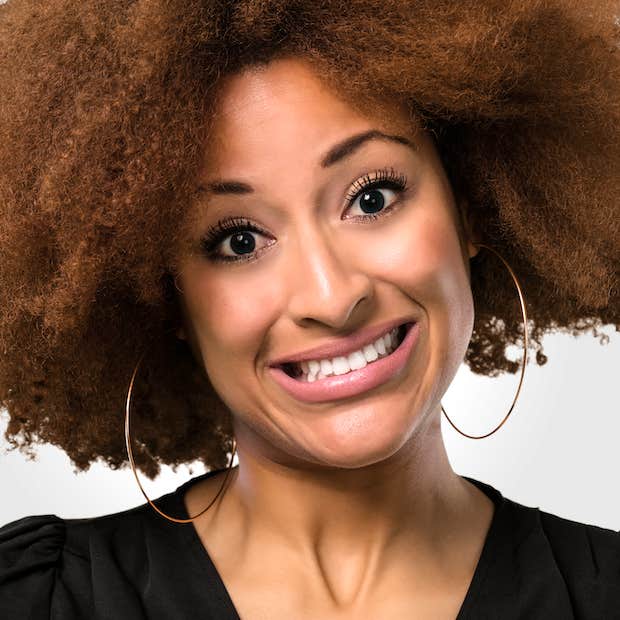 Photo: Asier Romero / Shutterstock
Photo: Asier Romero / Shutterstock
What it means: The forced smile is similar to the Pan Am smile, but the forced smile is less obvious or pronounced. This subtle type of smile doesn't usually include showing teeth, and the lips are pursed or closed.
This type of smile is often worn when taking photos. Now, smile and say "cheese"!
15. Uncomfortable smile
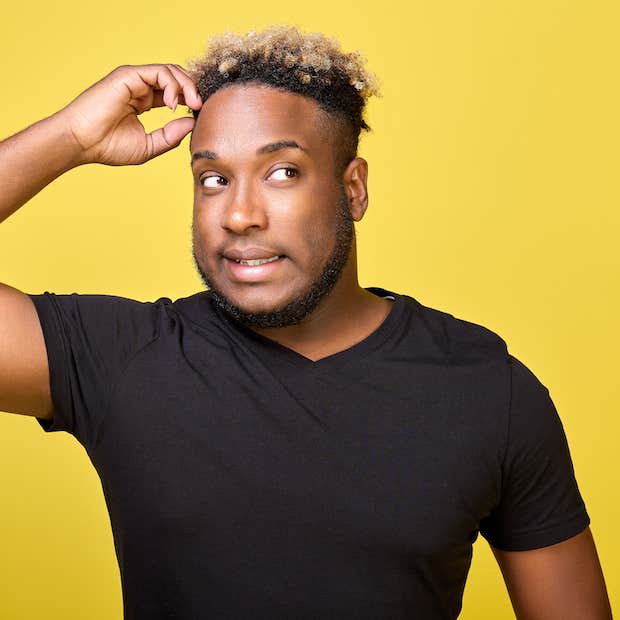 Photo: Aleksandr Finch / Shutterstock
Photo: Aleksandr Finch / Shutterstock
What it means: The uncomfortable smile is worn when in an unbearable or awkward position, like someone telling an inappropriate joke. Someone who wears this smile is clearly in a state of discomfort and is "smiling" to mask their true emotions.
Interestingly enough, one study found that in emotionally uncomfortable situations, women are more likely to overcompensate for their unease.
16. Sarcastic smile
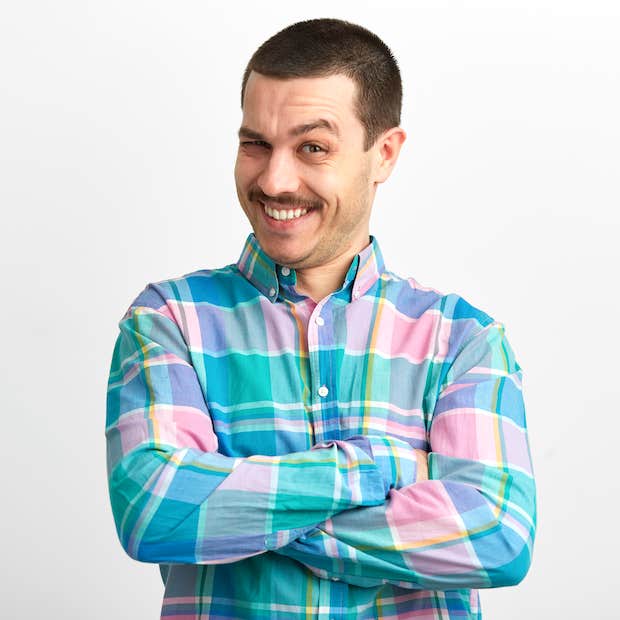 nakaridore / Shutterstock
nakaridore / Shutterstock
What it means: While the sarcastic smile may look genuine, pay close attention to the eyes, as they will give away the wearer's true feelings of disdain.
Sometimes, the sarcastic smile may look like a half smile or be crooked.
17. Open-mouth smile
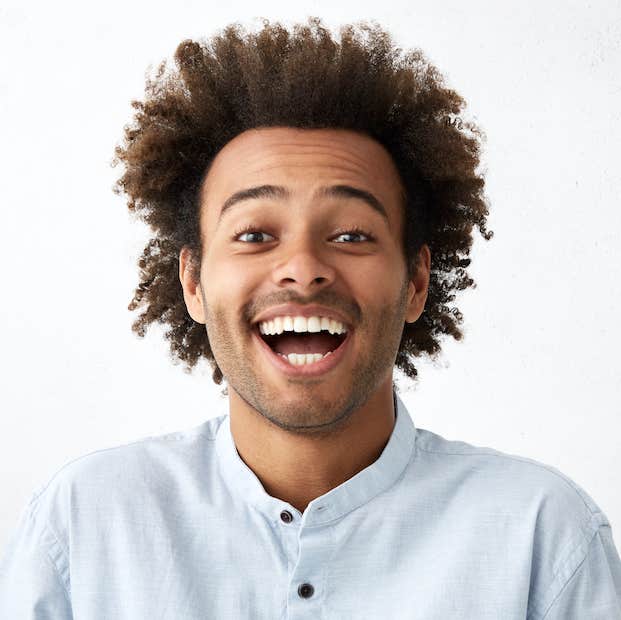 Cast Of Thousands / Shutterstock
Cast Of Thousands / Shutterstock
What it means: When you give an open-mouth smile, you are probably taking really fun selfies or pictures. The open-mouth smile does, yes, include a smile where teeth are showing and the mouth is open.
But these smiles show people radiating with happiness that just can't remain bottled up inside.
Emily Francos is a writer and editor with a Bachelor of Arts degree in Literature. Her work focuses primarily on astrology, lifestyle and relationships.

